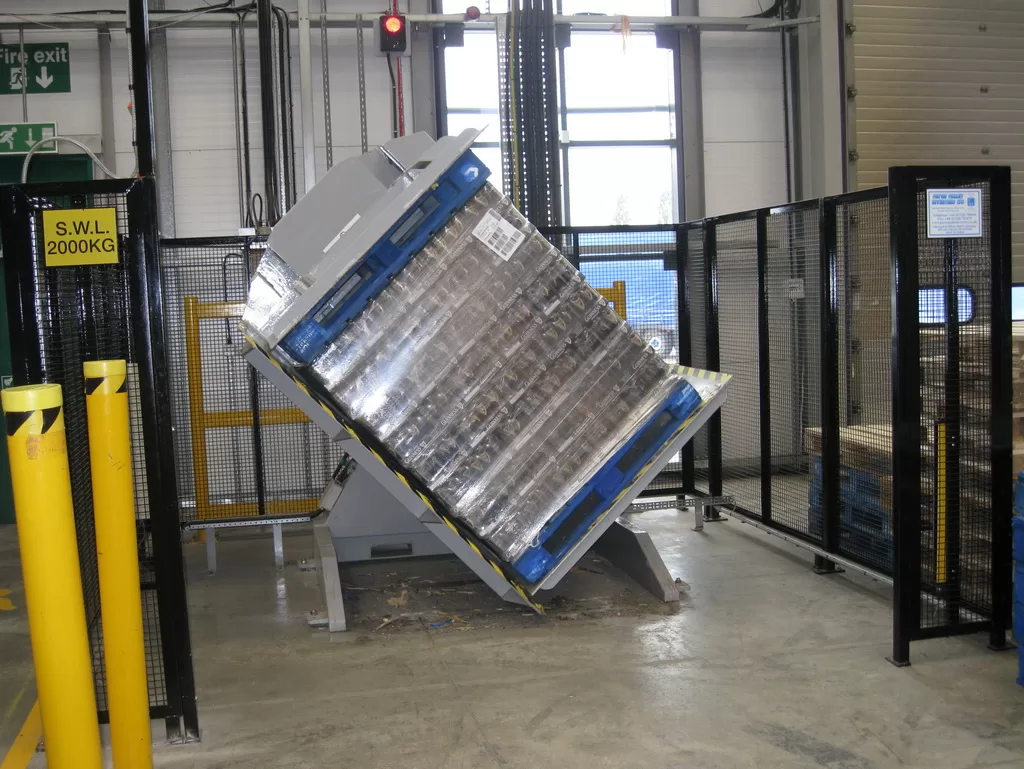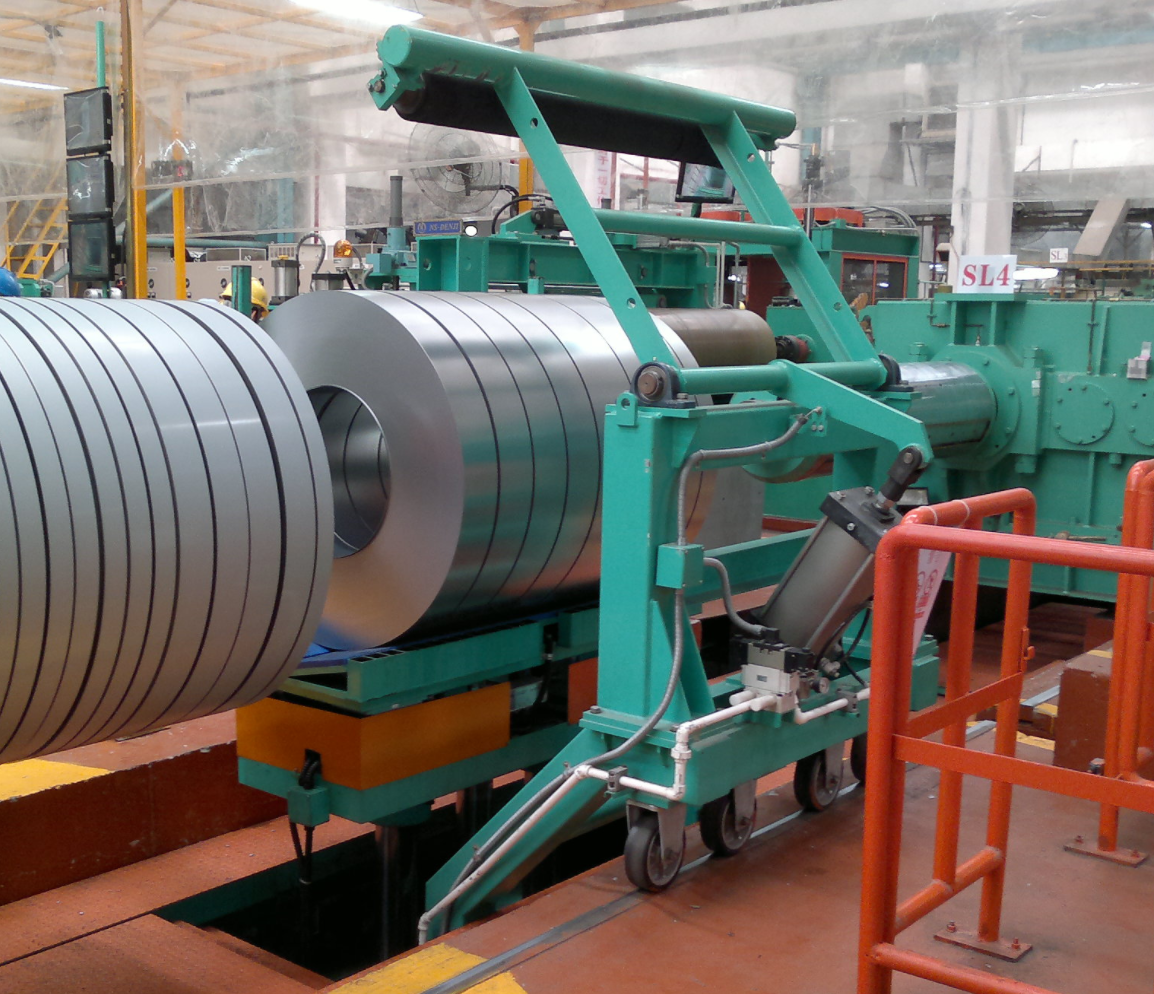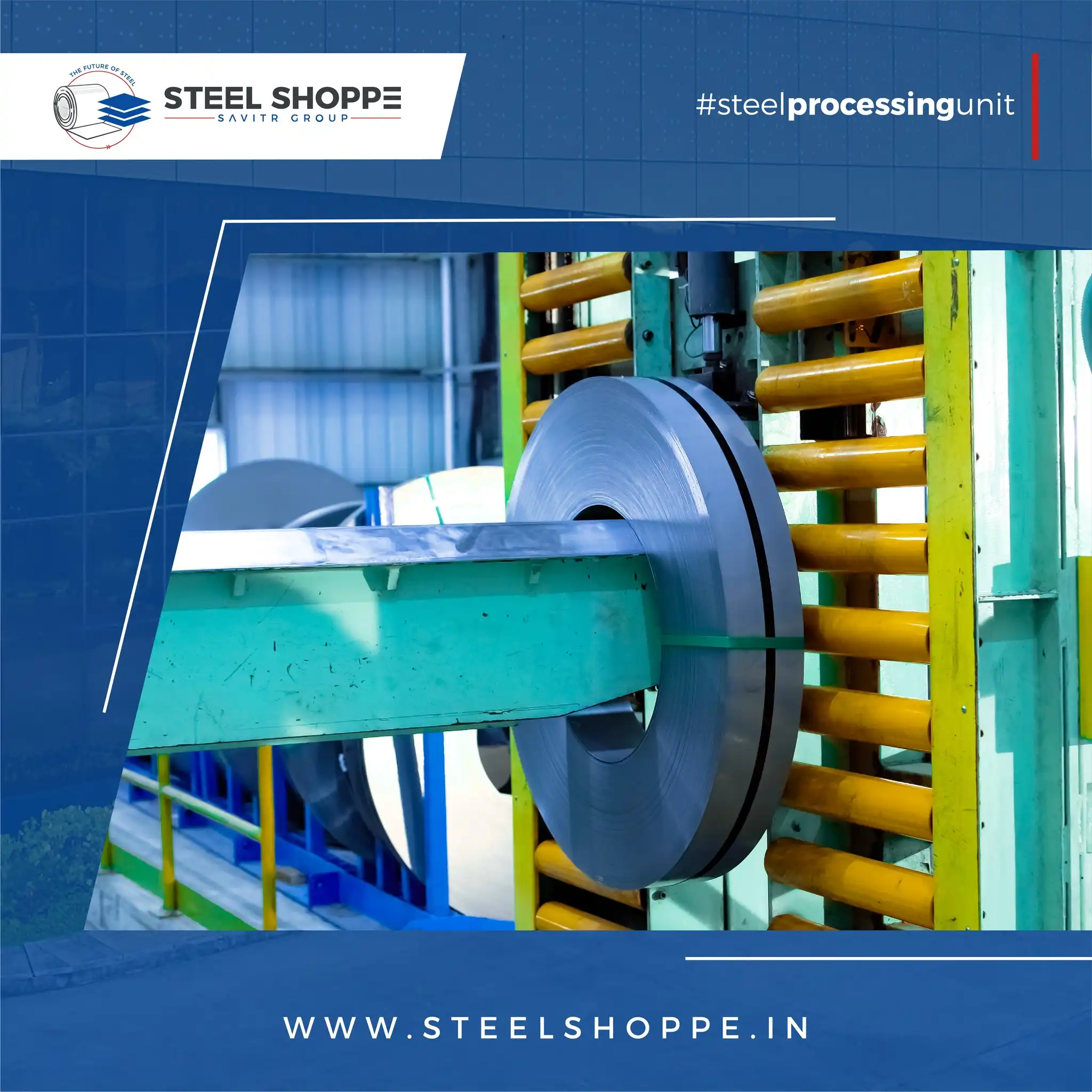How to Do Automatic Steel Wire Compressing and Binding by Steel Wire
Automatic steel wire compressing and binding streamlines packaging. This process enhances efficiency and reduces labor costs. It ensures secure bundles for storage and transport. Discover how automation revolutionizes the steel wire industry.
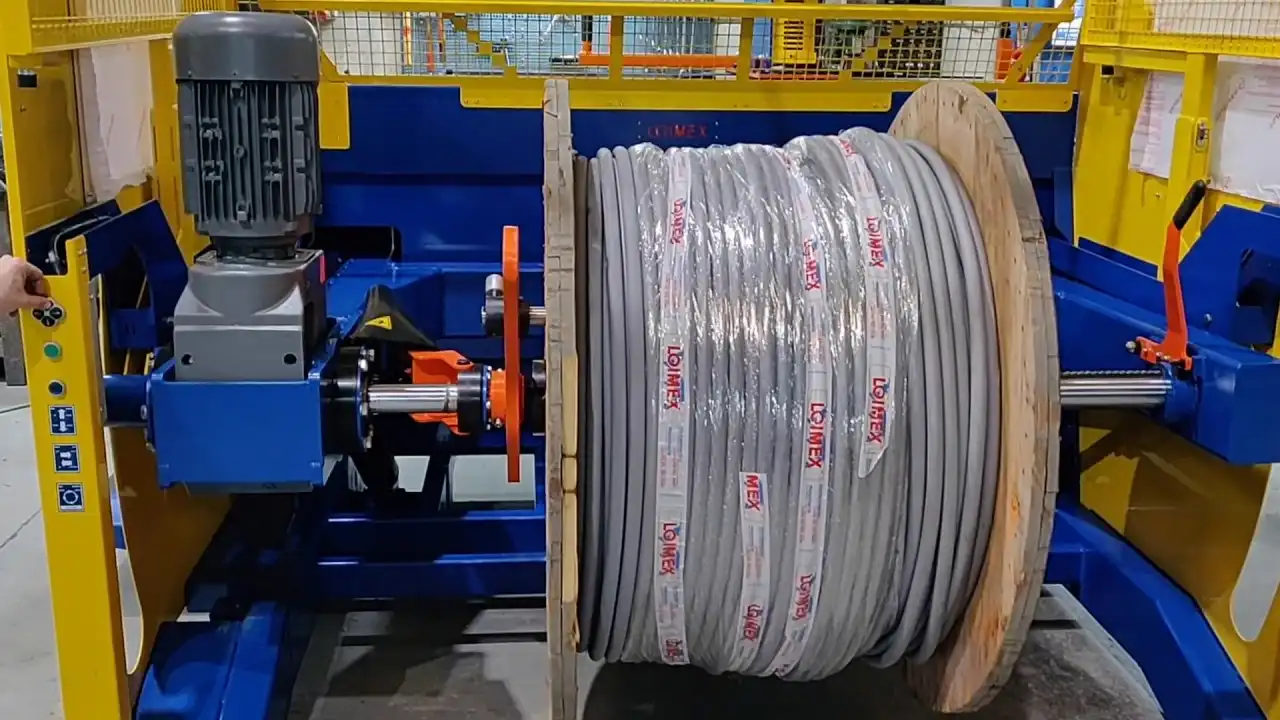
Automatic steel wire compressing and binding utilizes specialized machinery to compress and tightly bind steel wire coils. This automation improves consistency and speed. Machines wind, compress, and secure the wire, reducing manual handling and ensuring uniform packaging.
Ready to optimize your steel wire packaging process? Read on to discover the key steps, benefits, and technologies involved in automatic steel wire compressing and binding.
1: Understanding Automatic Steel Wire Compressing
Automatic steel wire compressing enhances packaging efficiency. It ensures consistency and reduces manual labor. This process is essential for modern steel manufacturing.
Automatic steel wire compression uses specialized machinery to apply pressure and compress steel wire coils, ensuring tighter and more secure bundles. This enhances stability for transportation and storage, minimizes space, and reduces the risk of damage. The process involves hydraulic systems, sensors, and control mechanisms to achieve uniform compression.
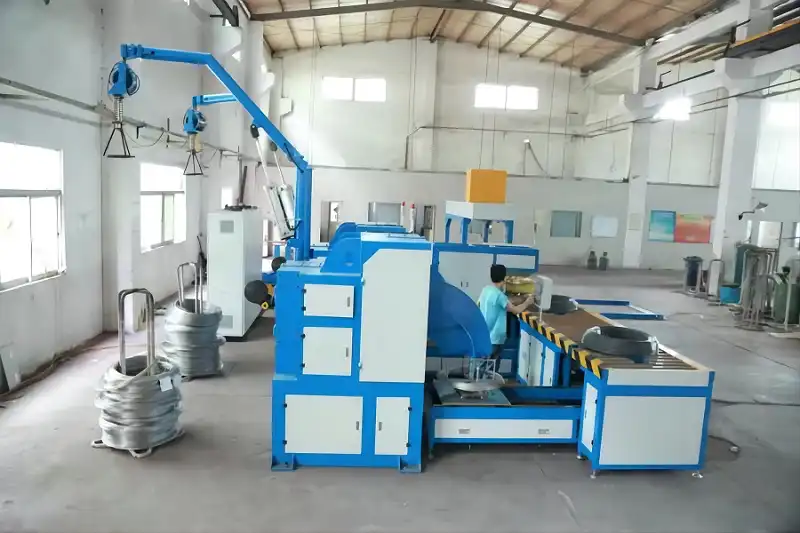
Delving Deeper: Optimizing Steel Wire Compression
To truly understand and optimize steel wire compression, we need to break down the process and consider the factors that influence its effectiveness. This includes examining the types of machinery used, the parameters that can be adjusted, and the specific benefits that result from effective compression. It also entails understanding the challenges and potential drawbacks associated with the process, and how to mitigate them.
Types of Automatic Steel Wire Compressors
Different types of compressors cater to varying production volumes and coil sizes. Here’s a comparison:
| Compressor Type | Description | Advantages | Disadvantages |
|---|---|---|---|
| Vertical Compressors | Compresses coils from top down. | Compact footprint, suitable for smaller coils. | Limited compression force, may not be suitable for heavy-duty applications. |
| Horizontal Compressors | Compresses coils from the side. | Higher compression force, suitable for larger and heavier coils. | Larger footprint, requires more floor space. |
| Multi-Directional | Compresses coils from multiple directions simultaneously. | Uniform compression, reduces deformation, suitable for delicate wires. | Higher cost, more complex maintenance. |
Key Parameters in Compression
The effectiveness of compression depends on several adjustable parameters:
- Compression Force: Measured in tons or kN, it determines how tightly the wire is compressed.
- Compression Time: The duration for which the compression force is applied.
- Coil Size Adjustment: The ability to adjust the compression area to accommodate different coil sizes.
Benefits of Optimized Compression
Optimized compression yields significant advantages:
- Enhanced Stability: Tightly compressed coils are less prone to shifting or collapsing during transit.
- Space Optimization: Reduced coil volume translates to more efficient storage and transportation.
- Reduced Damage: Controlled compression minimizes wire deformation and breakage.
- Cost Savings: Improved handling and reduced damage lead to lower operational costs.
2: Mastering Steel Wire Binding Techniques
Automatic steel wire binding ensures secure packaging. Consistent and tight binding is critical for safety. This process reduces manual labor and enhances productivity.
Automatic steel wire binding involves using machinery to tightly secure compressed steel wire coils with steel straps or wire. This process ensures the coil remains intact during handling, transportation, and storage. It typically includes tensioning, sealing, and cutting the binding material for a secure and reliable closure.
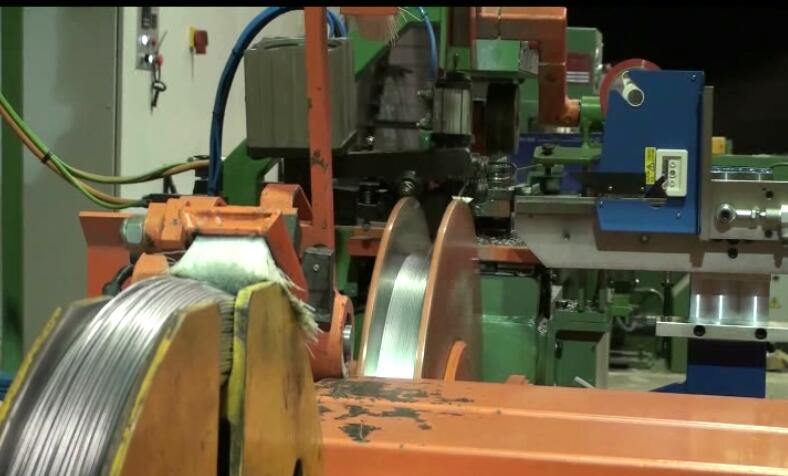
A Technical Deep Dive into Steel Wire Binding
Steel wire binding, while seemingly simple, is a complex process that relies on precision and control. Optimizing this process requires a deep understanding of the materials involved, the types of binding methods available, and the factors that influence the strength and durability of the resulting bond.
Wire Binding Method Selection
Choosing the right binding method is crucial for ensuring the security and longevity of the packaged steel wire. Here’s a look at some common techniques:
- Steel Strapping: High-tensile steel straps are ideal for heavy-duty applications. These are usually applied using pneumatic or electric strapping tools.
- Wire Tying: Using a wire tying machine, wire is wrapped around the coil and twisted to secure the bundle. This method is cost-effective and suitable for smaller coils.
- Self-Locking Wire Ties: These ties are easy to apply and provide a secure hold. However, they may not be suitable for very heavy loads.
Material Considerations
The type of steel used for both the wire being packaged and the binding material itself plays a crucial role in the effectiveness of the binding process.
- Steel Wire Grade: High-tensile steel requires stronger binding materials and more robust binding techniques.
- Binding Material Compatibility: Ensure the binding material is compatible with the steel wire to prevent corrosion or weakening of the bond.
- Environmental Factors: Consider the environmental conditions the packaged wire will be exposed to. Stainless steel strapping may be necessary for corrosive environments.
Securing the Bundle
After the coil is compressed the automatic binding equipment must be used to finish the steel wire packing process.
3: Integrating Compression and Binding Systems
Integrating compression and binding optimizes workflow. This combined approach streamlines packaging processes. It ensures consistent quality and reduces handling.
Integrating compression and binding systems involves combining automatic steel wire compressors and binders into a single, automated production line. This integration ensures a seamless workflow where coils are compressed and immediately bound, reducing the need for manual handling and enhancing overall efficiency.

Seamless Integration: The Key to Efficient Steel Wire Packaging
The true power of automatic steel wire compressing and binding lies in the seamless integration of these two processes. By combining compression and binding into a single, automated line, manufacturers can achieve unparalleled levels of efficiency, consistency, and cost-effectiveness. This section will explore the benefits of integrated systems, the key components involved, and the considerations for successful implementation.
Benefits of Integrated Systems
- Reduced Labor Costs: Automation minimizes the need for manual handling, freeing up valuable personnel for other tasks.
- Increased Throughput: Integrated systems can process coils faster and more efficiently than manual methods, boosting production output.
- Improved Consistency: Automation ensures uniform compression and binding, resulting in consistently high-quality packaging.
- Reduced Material Waste: Precise control over the compression and binding processes minimizes waste of both steel wire and binding materials.
Key Components of an Integrated System
| Component | Description | Function |
|---|---|---|
| Infeed Conveyor | A system to automatically feed wire coils into the machine. | Delivers coils to the compression station. |
| Compression Station | Houses the hydraulic cylinders and compression plates. | Compresses the steel wire coil to a desired density. |
| Binding Station | Contains the strapping or wire tying mechanism. | Secures the compressed coil with steel straps or wire ties. |
| Outfeed Conveyor | Transports the packaged coil to the next stage of production or storage. | Moves the finished product away from the machine. |
| Control System | A programmable logic controller (PLC) that manages the entire process. | Coordinates the operation of all components, ensuring smooth and efficient workflow. |
Implementing an Integrated System
Before investing in an integrated system, consider these key factors:
- Production Volume: Determine the required throughput to ensure the system can meet your production demands.
- Coil Size and Weight: Select a system that can handle the range of coil sizes and weights you produce.
- Available Floor Space: Consider the footprint of the system and ensure you have adequate space for installation and operation.
- Budget: Integrated systems represent a significant investment, so carefully evaluate your budget and ROI.
4: Maximizing Efficiency and Safety
In steel wire processing, efficiency and safety are critical. Proper equipment and practices are essential for optimal results. Integrating safety measures with efficient operations is key to success.
Efficient steel wire compressing and binding involves optimizing machine settings, implementing regular maintenance, and training personnel. Safety is ensured through protective barriers, emergency stops, and adherence to safety protocols. Prioritizing both reduces operational costs and enhances worker well-being.
Steel wire compressing and binding safety practices include
-
Safety barriers: Protecting operators from moving parts.
-
Emergency stop buttons: Enabling immediate shutdown in emergencies.
-
Regular inspections: Identifying and addressing potential hazards.
-
Proper training: Ensuring operators know safe operating procedures.
-
Personal protective equipment (PPE): Providing gloves, safety glasses, and other protective gear.
Automated steel wire compressing and binding enhances efficiency by -
Reducing manual labor: Minimizing the need for operators to handle heavy coils.
-
Increasing speed: Automating the compression and binding processes.
-
Ensuring consistency: Delivering uniform results every time.
-
Optimizing material use: Minimizing waste of steel wire and binding materials.
-
Reducing downtime: Regular maintenance and proactive repairs keep equipment running smoothly.
Conclusion
Automatic steel wire compressing and binding significantly improves efficiency and safety in the steel industry. By automating these processes, manufacturers can reduce labor costs, increase throughput, and ensure consistent product quality. Embracing these advancements is essential for staying competitive in today’s market, ensuring both profitability and worker well-being. Investing in modern automated systems will drive long-term success and sustainability in the steel wire industry.

